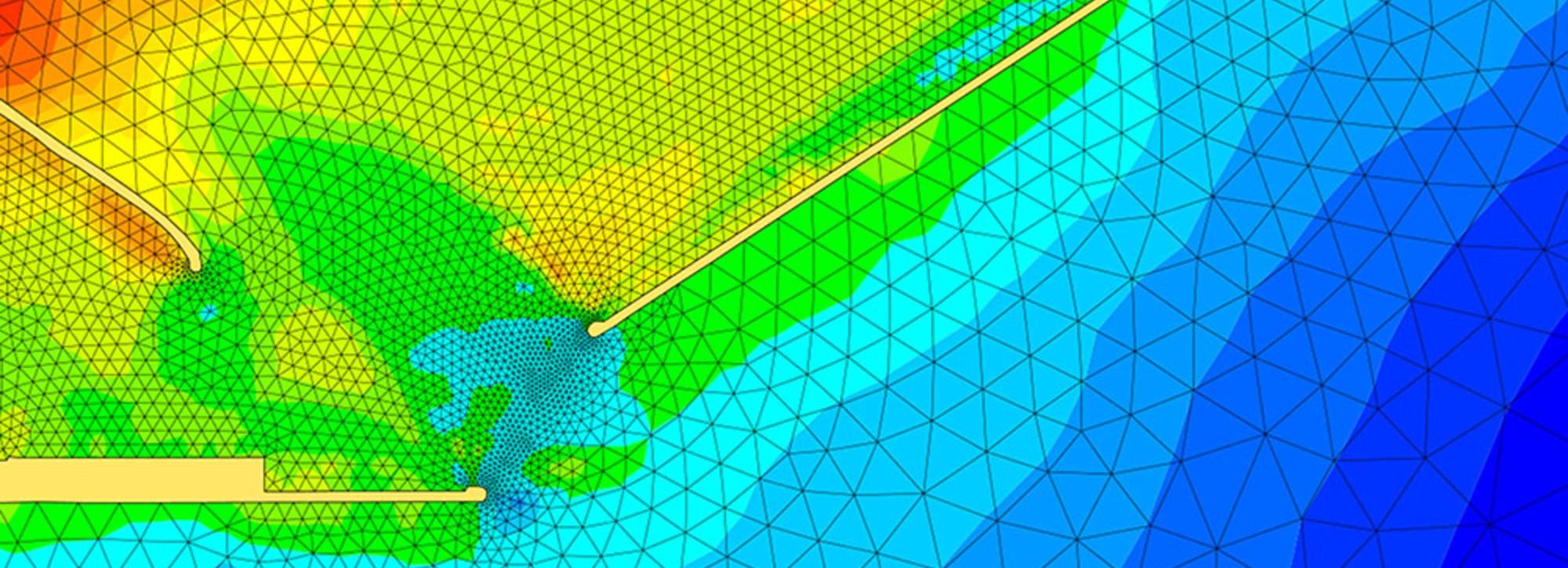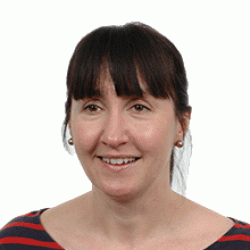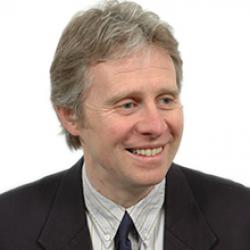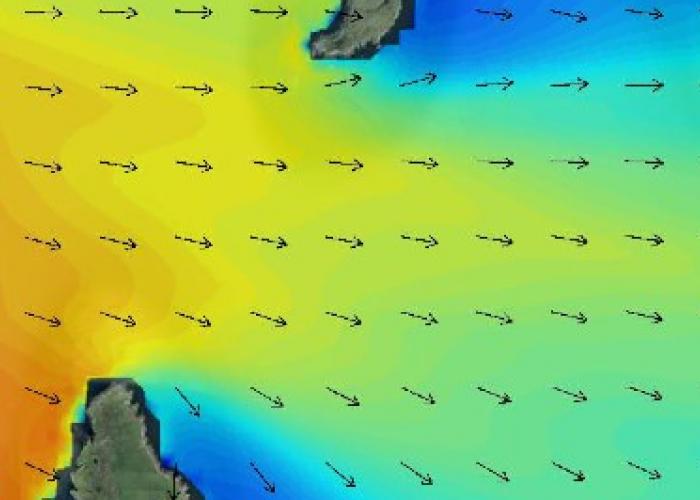
TELEMAC summer school
TELEMAC is an open-source software suite for modelling free surface waters using unstructured mesh finite element models. Aimed at consultants and students who are working on riverine, coastal and maritime hydrodynamic modelling projects, this course gives an insight to the hydrodynamic tools available in the TELEMAC suite.
Our TELEMAC summer school provides a background to the hydrodynamic tools available in the TELEMAC suite. This hands-on course is delivered by experienced HR Wallingford consultants who have worked on many diverse projects. TELEMAC is open-source software suitable for modelling free surface waters. It has used an unstructured mesh finite element model since it was conceived more than 20 years ago. TELEMAC was developed by EDF-LNHE, Paris and is now under the directorship of a consortium of organisations including EDF-LNHE, HR Wallingford, Sogreah-Artelia, BAW and CETMEF. Software developments are carried out by staff from these organisations together with contributions from many universities and other organisations.
Providing a background to the hydrodynamic tools available in the TELEMAC suite
Module 1 - Meshing in TELEMAC (1 day)
The day starts with an introductory presentation, and the course will then focus on meshing using Blue Kenue. Blue Kenue is freely available and can be used for both pre‑processing and post processing. This hands on session will highlight the functionality and processes in Blue Kenue that are used in the creation and modification of mesh structures.
Module 2 - Introduction to TELEMAC 2D (1 day)
TELEMAC‑2D is a two dimensional in the horizontal (2DH) shallow water flow model with options for running in finite element, finite volume and Boussinesq styles. TELEMAC‑2D provides a powerful insight into hydrodynamic processes and uses a flexible mesh, which optimises computational efficiency whilst maintaining fine detail in the area of interest. This course will provide a useful background on the steering files used in TELEMAC‑2D. It will also cover the parameters and schemes including modelling turbulence and friction, how to run, modify and interpret results from a simulation.
Module 3 - Introduction to TELEMAC 3D (1 day)
TELEMAC‑3D is a three-dimensional (3D) model that uses the same horizontally unstructured mesh as TELEMAC‑2D. Applications of TELEMAC‑3D include:
- simulation of discharges of buoyant or negatively buoyant effluent;
- flushing assessments where flows are driven by wind and density effects;
- evaluation of impacts of schemes for tidal power generation;
- simulation of flows in vertically stratified water bodies such as estuaries and reservoirs.
The course will introduce modelling with TELEMAC-3D using hands-on test cases. Advanced topics will also be covered, such as quality assurance for 3D modelling assessments, sensitivity testing and model limitations, which are vital for studies carried out to support environmental and engineering decisions.
Module 4 - Wave modelling with ARTEMIS and TOMAWAC (1 day)
ARTEMIS is a model for harbour disturbance assessment that solves the mild slope equation in elliptic form. It includes the processes of wave refraction by bed shoaling, partial reflection and diffraction due to structures. TOMAWAC represents the generation of waves due to winds or offshore climates and propagation into shallow water. It includes the processes of refraction due to the seabed and ambient currents, wave growth due to the wind, energy dissipation due to bottom friction and white capping, wave breaking and wave blocking. Breaking wave stresses are computed in the TOMAWAC model and these can be used within TELEMAC‑2D or 3D to represent wave-driven longshore currents. This hands on course will cover examples of wave modelling with ARTEMIS and TOMAWAC.
Module 5 - Introduction to sediment modelling with SISYPHE (1 day)
SISYPHE is the 2D sediment transport module of the TELEMAC system. It solves the equations of bed‑load and suspended load for both sand and sand mixtures. Specific cohesive sediment properties can also be accounted for and the model includes a multilayer consolidation algorithm. Areas of inerodible bed and the reduction of transport rates in the presence of tidal flats are fully taken into account. SISYPHE can be tightly coupled with TELEMAC‑2D and TELEMAC‑3D while including inputs from the wave model TOMAWAC. The use of optimized numerical schemes and parallel processors enables medium to long term morphodynamic simulations. This course will cover sediment transport modelling in 2D, morphodynamics modelling and a review on basic sediment transport processes included in the model. The method of coupling with the hydrodynamics model and the effect of waves will be presented and a riverine typical application, including sand grading effects and a littoral application.
Consultants and students who are working on riverine, coastal and maritime hydrodynamic modelling projects and are wishing to use the open source TELEMAC software suite.
At the end of the course participants will understand:
- the components of the TELEMAC suite;
- applications of TELEMAC;
- pre and post processing;
- how to set up and run a TELEMAC-2D model;
- how to set up and run a TELEMAC-3D model;
- how to set up a model and perform wave modelling with ARTEMIS and TOMAWAC;
- the process of modelling with SISYPHE and the different parameters.
Course leaders
Course login
Access joining instructions, course materials and course certificates inyour secure course area.
Want to know more?


